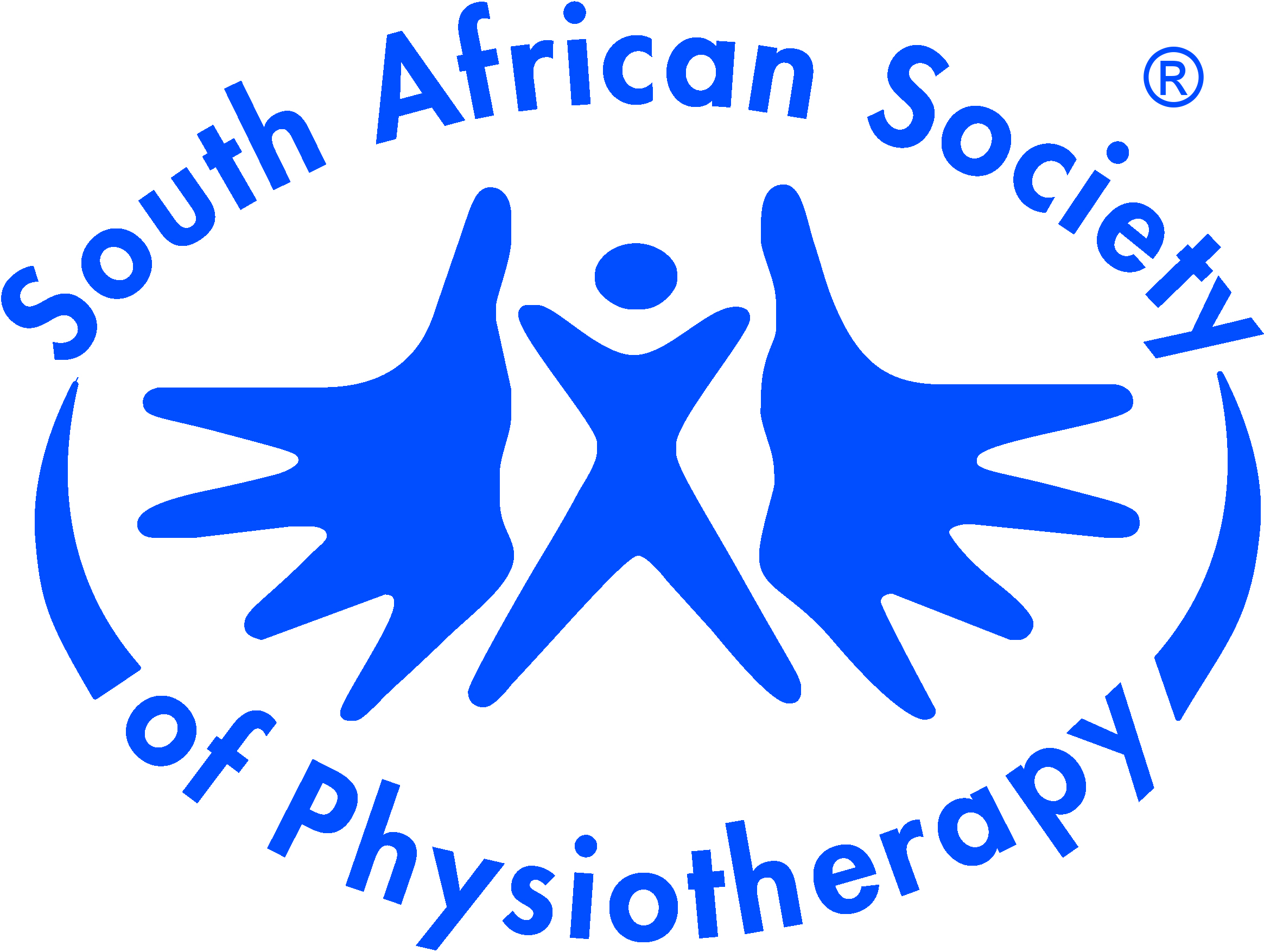Original Research
Evaluation of submaximal endurance in young children living with HIV
Submitted: 30 July 2021 | Published: 21 February 2022
About the author(s)
Joanne Potterton, Department of Physiotherapy, Faculty of Health Sciences, University of the Witwatersrand, Johannesburg, South AfricaRenate Strehlau, Empilweni Services and Research Unit, Rahima Moosa Mother and Child Hospital, Department of Paediatrics and Child Health, School of Clinical Medicine, Faculty of Health Sciences, University of the Witwatersrand, Johannesburg, South Africa
Stephanie Shiau, Department of Biostatistics and Epidemiology, Rutgers University, Piscataway, NJ, United States of America
Nicolette Comley-White, Department of Physiotherapy, Faculty of Health Sciences, University of the Witwatersrand, Johannesburg, South Africa
Louise Kuhn, Gertrude H. Sergievsky Centre, Columbia University Irving Medical Center, New York, United States of America
Michael Yin, Department of Infectious Diseases, Columbia University Irving Medical Center, New York, United States of America
Stephen Arpadi, Gertrude H. Sergievsky Centre, Columbia University Irving Medical Center, New York, United States of America
Abstract
Background: There is growing concern about the long-term sequelae [a condition which is the consequence of a previous disease or injury] of perinatally acquired human immunodeficiency virus (HIV). Children living with HIV (CLHIV) present with cardiopulmonary impairments and decreased physical activity which may be due to poor endurance.
Objectives: Our study aimed to investigate the sub-maximal endurance of CLHIV compared to a non-infected comparison group.
Methods: In this cross-sectional descriptive study 346 CLHIV, between ages five and eleven years, were assessed using the Six Minute Walk Test (6MWT). Blood pressure, heart rate and oxygen saturation were measured pre-test, immediately post-test and five minutes post-test. Clinical and anthropometric data were recorded. Height and weight were assessed using a stadiometer and a digital scale, respectively.
Results: 175 CLHIV (52% female) and 171 children without HIV (46% female) participated. All children were Black African. The CLHIV all initiated antiretroviral therapy (ART) at a young age (mean 8.7 months, standard deviation 6.7) and their disease was well controlled (viral load < 1000copies/ml). There were no statistically significant differences in submaximal endurance between the two groups (p = 0.831). Age of starting ART and stunted growth were negatively associated (r = -2.8 (p = 0.019) and r = -46.1 (p = 0.027), respectively) with distance walked in the 6MWT by girls living with HIV.
Conclusion: CLHIV who initiate ART early with well-controlled disease are able to attain submaximal endurance levels similar to their uninfected peers.
Clinical implications: Endurance and physical activity should be monitored in CLHIV. Submaximal endurance levels may improve with age and biological maturation.
Keywords
Metrics
Total abstract views: 2731Total article views: 2198
Crossref Citations
1. Physical functioning in adolescents with perinatal HIV
Nicolette Comley-White, Veronica Ntsiea, Joanne Potterton
AIDS Care vol: 36 issue: 1 first page: 60 year: 2024
doi: 10.1080/09540121.2023.2214862
